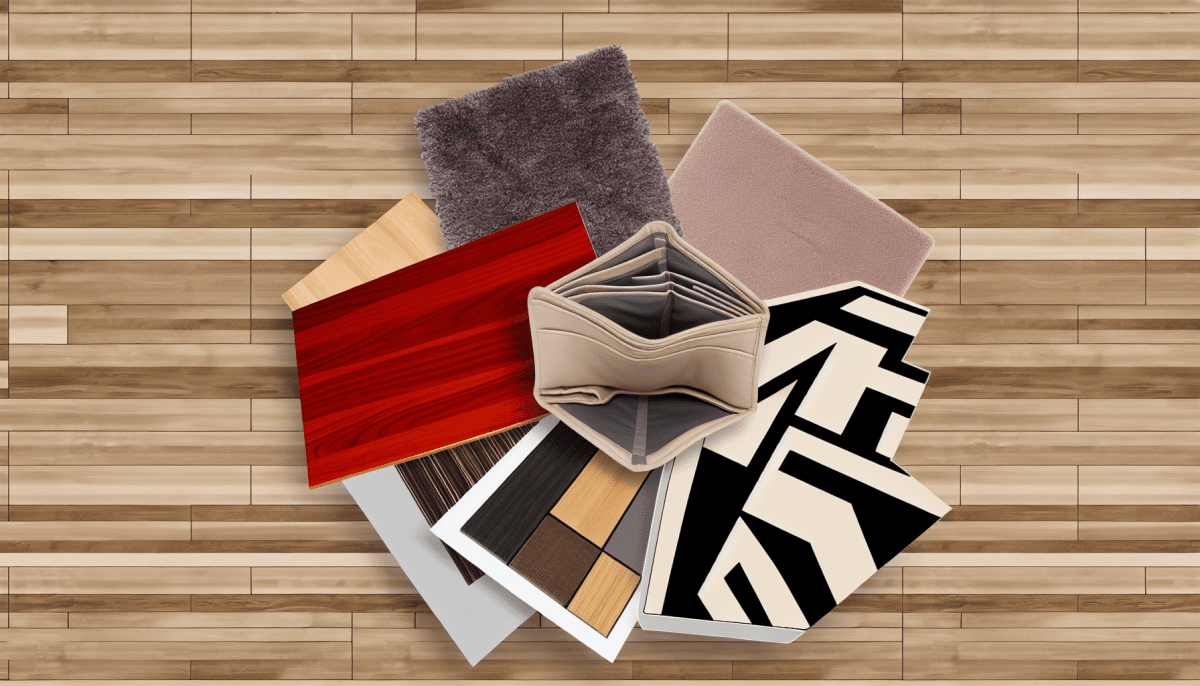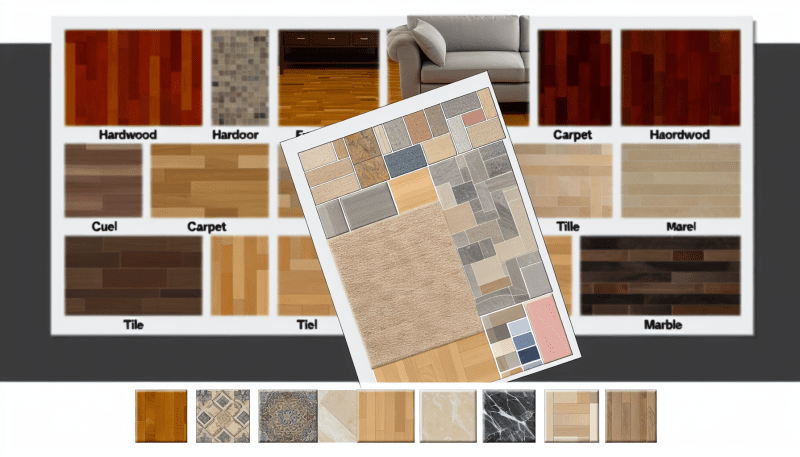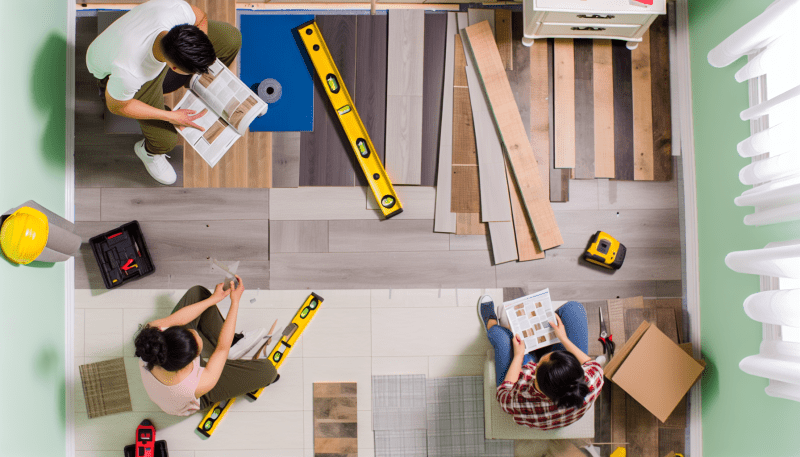First off, think about where you’re installing the flooring. High-traffic areas like hallways or living rooms might benefit from durable options like laminate or tile. If you’re looking to add warmth to bedrooms, consider cozy carpets or hardwood. Keep in mind the moisture levels in different rooms; areas like bathrooms and kitchens often need water-resistant materials.
Next, let’s talk about your budget. Flooring comes in a wide price range. If you’re on a tight budget, vinyl plank or laminate could be fantastic choices as they offer great looks without breaking the bank. For those willing to invest a bit more, natural wood or quality tiles can really elevate your spaces. Don’t forget to factor in the costs for installation!
Lastly, think about maintenance. Some materials require more upkeep than others. If you want something low-maintenance, vinyl and tile are easy to clean. However, if you love the classic look of hardwood, be ready for occasional refinishing and some extra care. Choose what fits your time and willingness to keep it looking great!
Understanding Different Flooring Materials
When you're diving into the world of flooring, it’s easy to feel overwhelmed by all the choices out there. This flooring buying guide will help you break down the most common materials, so you can pick the best fit for your style and budget.
Hardwood: A classic choice, hardwood flooring adds a warm and inviting feel to any home. It’s durable and can last for decades if well cared for. Plus, you can easily refinish it to bring back its shine. Just keep in mind that it can be a bit on the pricey side, and whether you choose solid or engineered wood can affect the cost.
Laminate: If you're looking for a budget-friendly option that still looks great, laminate might be your best bet. It mimics the appearance of wood or stone but is more affordable and generally easier to maintain. Just make sure you pick a good quality product to avoid it looking cheap.
Vinyl: Vinyl flooring comes in sheets, planks, or tiles and is super versatile. It’s water-resistant, making it perfect for kitchens and bathrooms. Plus, it’s comfortable underfoot and easier to install than many other materials, which can save you some cash on labor costs.
Tile: Tile is another fantastic option, especially in high-moisture areas. It’s incredibly durable and comes in countless styles and colors. Just be aware that installation can be tricky and may require professional help, which can add to your overall budget.
Budget-Friendly Flooring Options to Consider
When it comes to flooring, you don’t have to break the bank to find something that looks great and fits your needs. There are plenty of budget-friendly options that can transform your space without emptying your wallet. Let’s dive into some flooring ideas you might want to consider.
Vinyl Flooring
Laminate Flooring
Cork Flooring
These are just a few budget-friendly flooring options that you can explore in your flooring buying guide. Remember, you don’t have to compromise on style or quality when shopping on a budget. With some research, you can find the perfect flooring to match your taste and wallet!
Tips for Maintaining Your New Flooring
Congratulations on your new flooring! Now that you've made an investment in your space, it's important to keep it looking great. Maintaining your floors doesn't have to be a chore, and with a few simple tips, you can ensure they stay in top shape for years to come.
First things first, regular cleaning is key. For hard surfaces, a quick sweep or vacuum can remove dust and dirt. For carpets, a good vacuum with strong suction will be your best friend. Remember to follow up with mopping or steam cleaning as needed. This simple routine is a must-have in your flooring buying guide to help prolong the life of your floors.
Next, be mindful of what goes on your floors. Using felt pads under furniture legs will prevent scratches, and don’t forget to place rugs in high-traffic areas. If you’re dealing with spills, tackle them immediately. A damp cloth can work wonders on a hardwood floor, while a carpet spot cleaner can be your go-to for carpets. Staying proactive will save you from bigger headaches in the long run!
Lastly, consider the environmental factors in your home. Keep the humidity in check, especially for wood floors which can warp or crack in extreme conditions. If your home gets a lot of sun, consider investing in window treatments to reduce fading. Adjusting your home environment can make a huge difference in how your floors age, and it's something to remember in your flooring buying guide.



